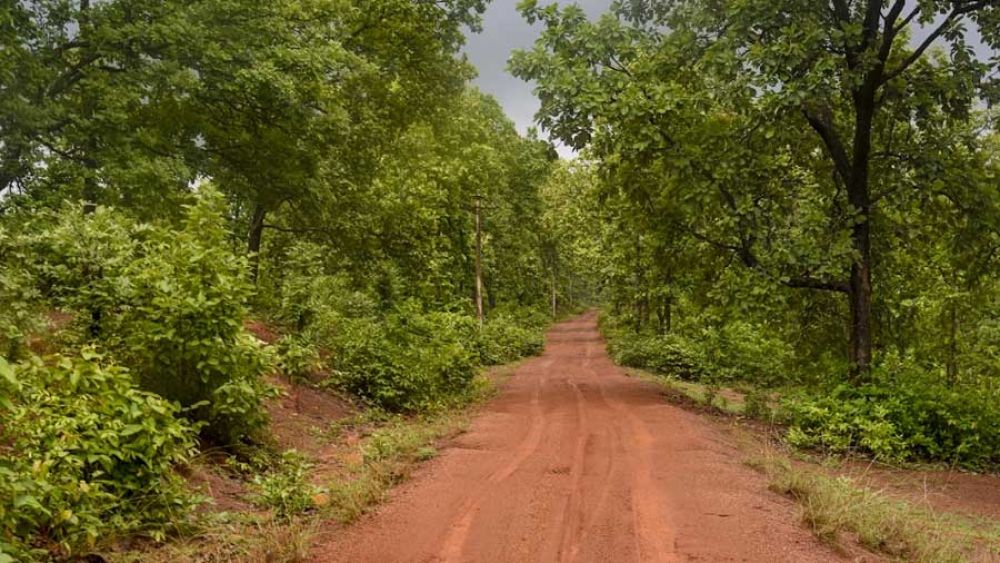

The Joypur Jungle, located in the Bankura district of West Bengal, India, is a popular destination for tourists looking for a serene escape amidst nature. The forest is renowned for its dense canopy and diverse flora and fauna. The region around Joypur has been part of traveler itineraries primarily due to its close proximity to the famous terracotta temples of Bishnupur, a town with rich historical significance in the area.
As part of the cultural and historical landscape of Bankura district, Joypur Jungle's tourism history is relatively recent compared to the long-standing historical attractions in the region. The forest has gained attention as a destination in its own right over the last few decades.
Initially frequented by locals for picnics and day trips, its popularity grew with the increasing interest in eco-tourism and wildlife photography. Efforts to promote the natural beauty of West Bengal have included highlighting less-explored regions like Joypur. With an increase in biodiversity conservation awareness, Joypur Jungle started attracting nature enthusiasts and researchers as well.
With the backing of the West Bengal Tourism Department, Joypur Jungle began to see developments in infrastructure such as the construction of forest rest houses, which allowed for longer stays and attracted a wider domestic and international audience. In addition, increased road connectivity and the proliferation of local guides and wildlife tours have made it more accessible for tourists.
Presently, Joypur Jungle tourism is characterized by a quiet, nature-oriented experience. Visitors can enjoy jungle safaris, elephant rides, and bird watching. The area is also known for its sightings of deer, wild elephants, and a variety of birds. The promotion of responsible tourism practices has become increasingly important, with emphasis being placed on preserving the natural environment while enjoying its beauty.
Responsible tourism initiatives now encourage visitors to minimize their ecological impact, leading to eco-friendly accommodations and tours that respect wildlife habitats. Adventure tourism, like trekking and mountain biking, has also gained momentum, catering to the younger demographic seeking active travel experiences.
The future of tourism in Joypur Jungle looks promising, with ongoing efforts to find a balance between welcoming tourists and maintaining the forest's ecological integrity. This balance is key to ensuring that the Joypur Jungle remains a cherished destination for generations to come.